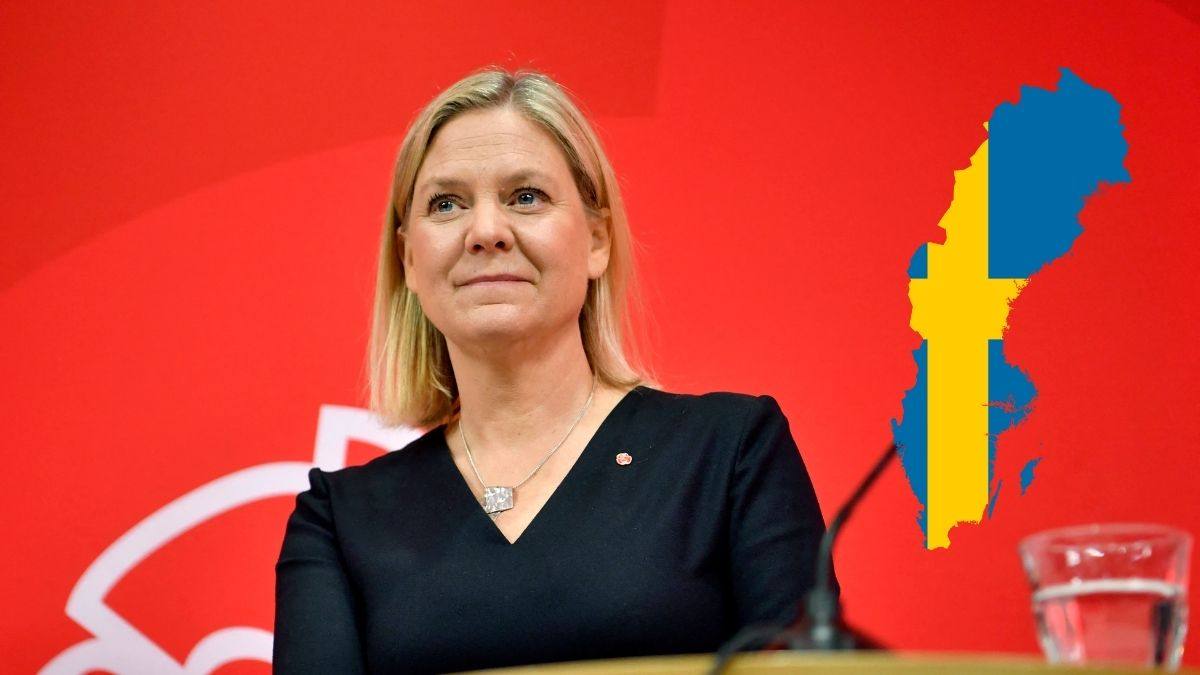Magdalena Andersson is elected as Sweden’s first female prime minister
Magdalena Andersson was chosen to succeed Stefan Lofven as party leader and prime minister, duties he stepped down from earlier this year.

Sweden’s parliament confirmed Magdalena Andersson as the country’s first female prime minister on Wednesday, naming the finance minister who recently became the Social Democratic party’s new leader.
Andersson was chosen to succeed Stefan Lofven as party leader and prime minister, duties he stepped down from earlier this year.
The development was a watershed moment for Sweden, which had been regarded for decades as one of Europe’s most progressive countries in terms of gender relations but had yet to have a woman in the top political position. Lofven’s government sees itself as feminist, putting gender equality at the center of national and international activities.
Amineh Kakabaveh, an independent legislator who supported Andersson, observed in a speech to parliament that Sweden is presently commemorating the 100th anniversary of a decision to introduce universal and equal suffrage in the Scandinavian country.
“Democracy is incomplete if women are only able to vote but are never elected to the highest office,” said Kakabaveh, who is of Iranian Kurdish origin.
“There’s a symbolic element to this decision,” she added. “Feminism is always about girls and women being complete individuals with equal possibilities as men and boys.” What she said moved me deeply. “She expressed exactly what I was thinking,” Andersson said following her appearance in parliament, where she received a standing ovation and a bouquet of red roses.
“As Sweden’s first female prime minister, I understand what it means for girls in our country,” Andersson added.
In the 349-seat Riksdag, 117 MPs supported Andersson’s appointment, 174 opposed it, 57 abstained, and one lawmaker was absent. According to the Swedish Constitution, prime ministers can be appointed and govern as long as a parliamentary majority of at least 175 legislators is not against them.
Lofven has been acting as caretaker prime minister of Sweden until a new government is formed, which is likely on Friday. Andersson’s Social Democrats and the Green Party are set to create a two-party minority government.
Andersson, 54, sought the assistance of the two smaller parties that had backed Sweden’s last center-left minority administration led by Lofven, the Left Party, and the Center Party. Both abstained from voting in favor of Andersson.
After days of negotiations, Andersson and the Left Party came to an agreement to get the latter’s support. The agreement focused on pensions, including a supplement of up to 1,000 kronor (USD 111) for around 700,000 low-income seniors.


